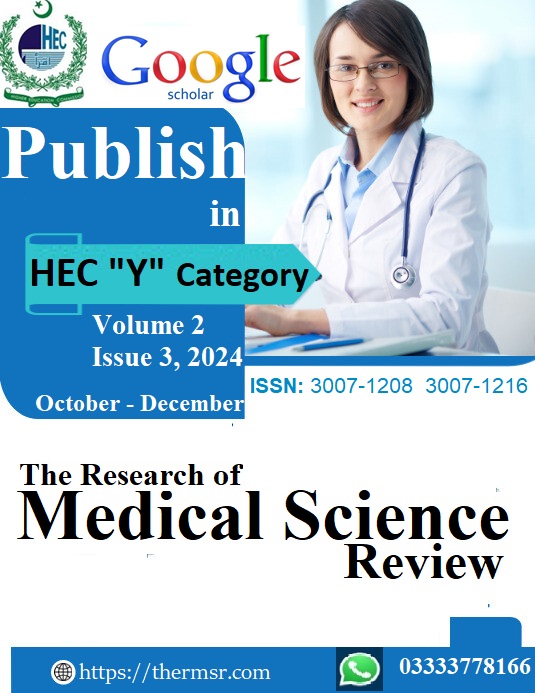COMPARATIVE EVALUATION OF CT ENTEROGRAPHY (CTE) AND MR ENTEROGRAPHY (MRE) IN SMALL BOWEL DISEASE DIAGNOSIS: A PROSPECTIVE STUDY
Keywords:
CT enterography, MR enterography, small bowel disease, Crohn's disease, inflammatory bowel diseases, diagnostic imaging, bowel inflammationAbstract
Background: Timely diagnosis of small bowel diseases, especially the inflammatory bowel diseases (IBDs) such as Crohn's disease, is still essential for effective treatment. Recent advances in non-invasive imaging methods, particularly CT enterography (CTE), and MR enterography (MRE), have become important tools for diagnosis.
Objective: To compare the diagnostic accuracy and clinical utility of CTE and MRE in diagnosing small bowel diseases, with particular attention to their sensitivities, specificities, and total diagnostic efficacy.
Method: A prospective study was designed including 40 patients who had undergone CTE and MRE. The comparative diagnostic efficacy of human and artificial intelligence modalities were analyzed in the context of the small bowel pathologies, with a focus on inflammation, strictures, and fistulas. Sensitivity, specificity, and predictive values were calculated and compared.
Result: MRE and CTE had similar outcomes in detecting small bowel diseases, with the most common findings being inflammation. In contrast, CTE had higher specificity, and MRE had higher sensitivity for identifying mild bowel inflammation. The classic finding of lymphadenopathy was present in 45% of patients but did not add to the diagnostic yield.
Conclusion:CT Both CTE and MRE are useful in evaluating small bowel diseases. CTE holds the edge in specificity, thus are advantageous for structural assessments whereas MRE does better at detecting subtle early inflammatory changes. The preference for imaging technique should be guided by the successful patients, especially in the light of radiation exposure.
Downloads
Downloads
Published
Issue
Section
License
Copyright (c) 2025 Muqadas Mulazim, Dr. Saima Haider, Ragheesa Anum Rashdi (Author)

This work is licensed under a Creative Commons Attribution-NonCommercial-NoDerivatives 4.0 International License.














